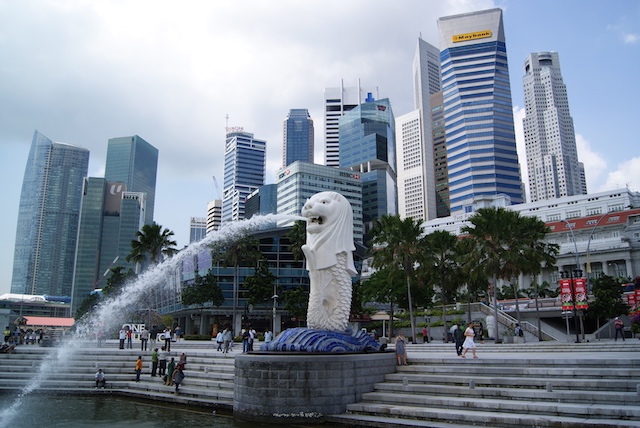“What if we were to wire up every corner of Singapore?” Asked Steve Leonard, the Executive Deputy Chairman of Singapore’s Infocomm Development Authority, at the CommunicAsia 2013 Summit.
Two years later that question has been answered as the island state has covered the entire island with a fibre network, putting the country on course to create what Leonard describes as a ‘sensor fabric network.’
Speaking to Leonard ahead of his visit to Australia for the AIIA Internet of Things conference in Canberra later this month, it’s impressive what the IDA looks to do in building Singapore as a connected nation.
“We think we have an opportunity to use some of the natural advantages Singapore has,” Leonard says. “In this case being relatively small and an island. The idea that constraints mean creativity.”
One of the areas Leonard sees as an opportunity with the IoT is in the health care industry where chronic care care can be moved back into the community while hospitals and clinics can be used for acute patients.
One of the challenges for every city rolling out an IoT infrastructure is the plethora of standards, “we’re trying to think about IEEE standards and we’re trying to think about interoperable as possible with technology as it evolves.”
“Whether it’s East or West, Singapore wants to be a place where business can be done and people can be healthy,” says Leonard. “What we don’t want to do is develop a standard that might work for us but exclude us from something that originates in another part of the world. We want to be open to things that evolve.”
Becoming a connected city is key to being a leader in a connected world, “we’re always making sure we seek to have more wireless access points.” Leonard says, “we also have one gig ninety-five percent fibre coverage across the island. We also want to enhance our capabilities through 4G and Wi-Fi.”
“All of those things together in some sort of concert create that fabric that we’re working on.”
Historically Singapore’s place in the world has revolved around being a trading hub which has led it to being one of the world’s biggest cargo shipping ports.
With broadband internet access available pretty well throughout the island, it should open opportunities for entrepreneurs, businesses and government agencies to explore how ubiquitous internet creates opportunities.
As the world becomes moves from physical goods to bytes, Singapore is looking to becoming as much a technological centre as a goods hub. For Steve Leonard and the IDA the task is to make sure the city takes its place in the connected economy.

Leave a Reply